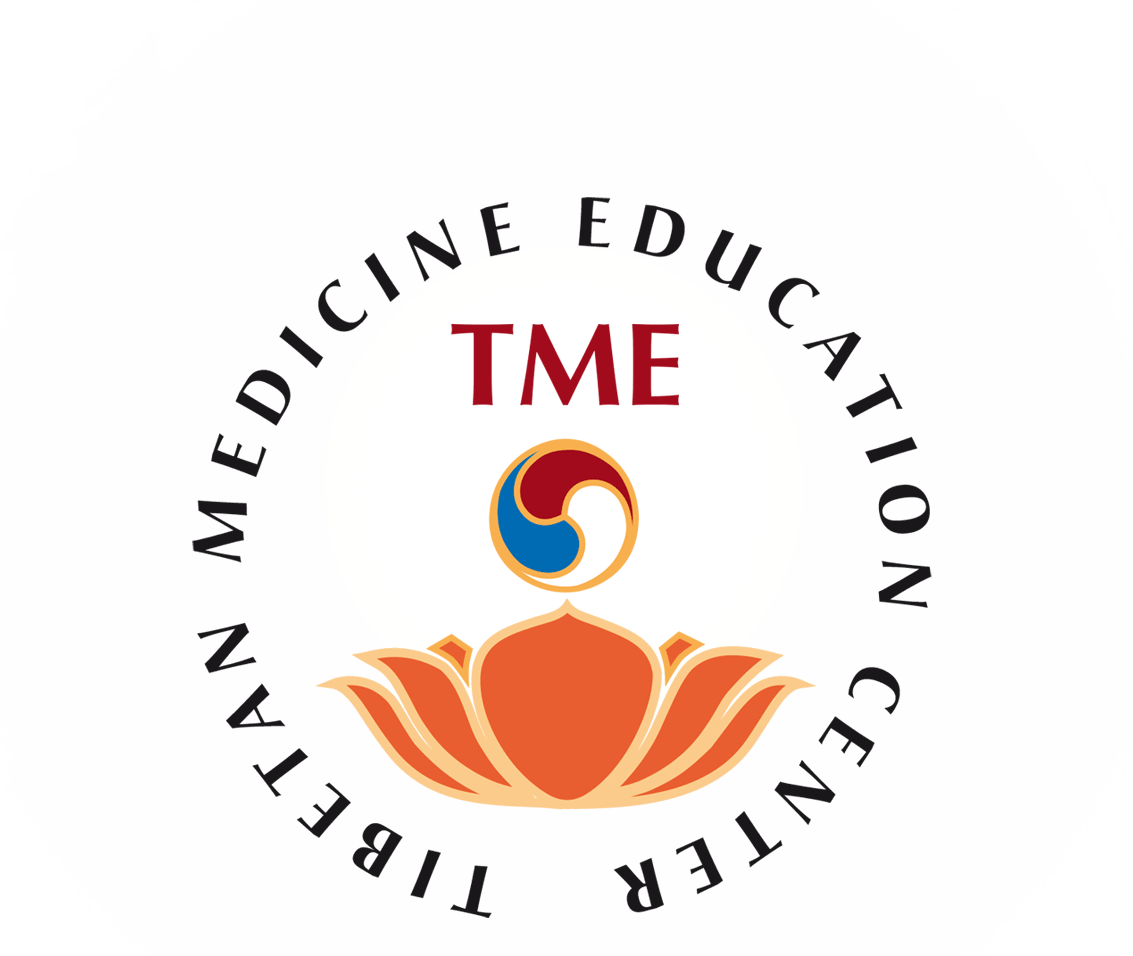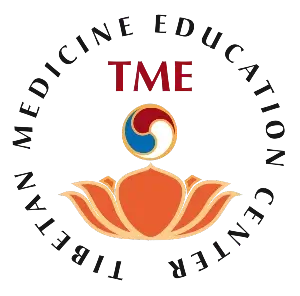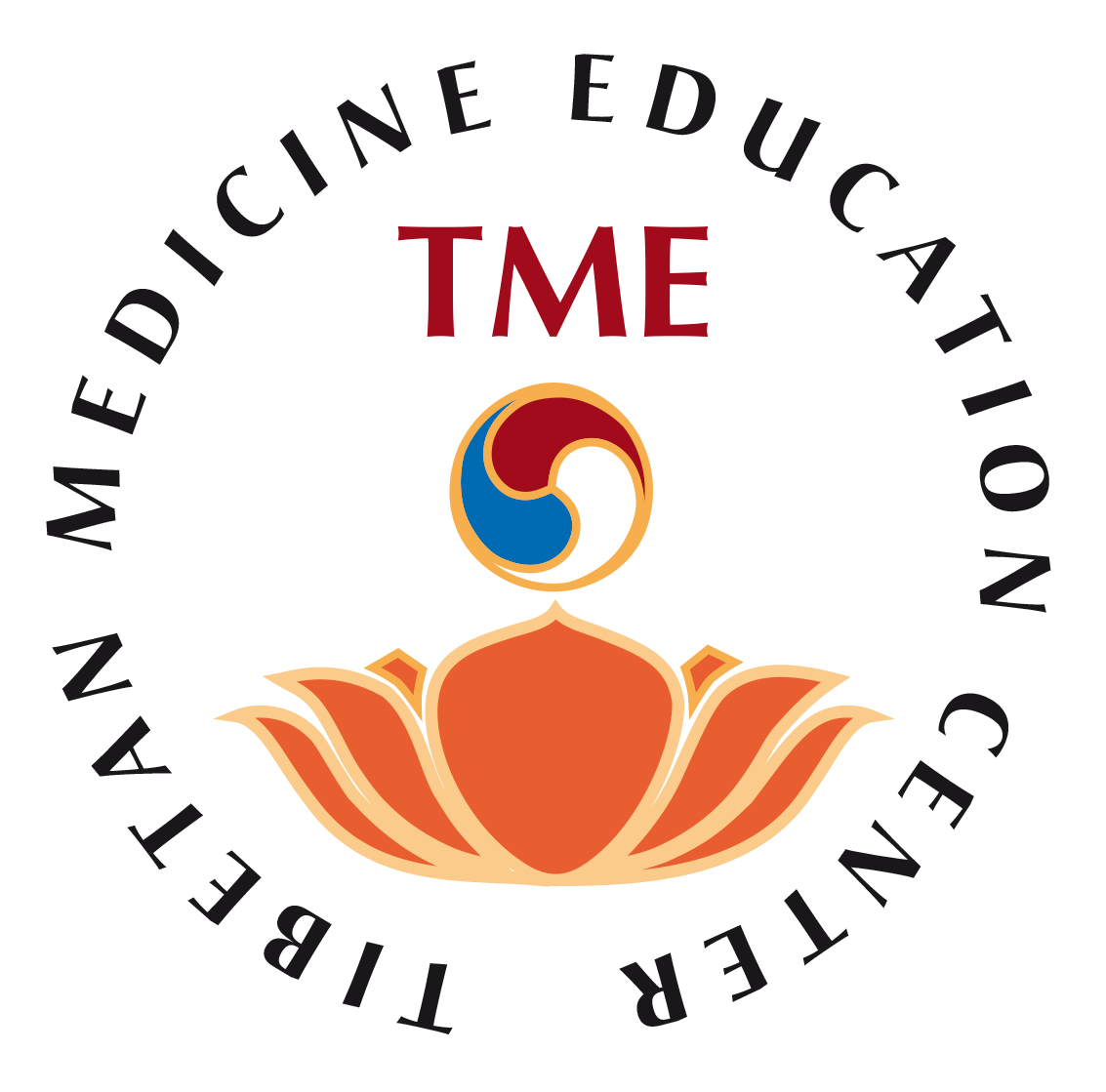Disorders
Headaches

Interview with Dr. Pasang Y. Arya – Carolyn Chan
Count yourself in an extremely fortunate minority if you have never had a headache! In a UK study it was found that headaches were so common that they affected over 90% of the population at some point in their lives[1], and according to the World Health Organization (WHO), “[n]early everyone has a headache occasionally”[2]. It becomes a headache disorder when it occurs repeatedly. The most common type of headache disorder in developed countries is the tension-type, which according to the WHO, affects one-third of the male population, and one-half of the female, with 1 in 20 adults having a headache nearly every day. On a global scale, the other common headache, migraine, affects one in seven persons[3].
Headaches have a major impact both on the individual sufferer as well as on society. Headaches are painful and often disabling, with headache sufferers often living in fear of the next headache, experiencing a decreased quality of life, while economically also suffering from the cost of doctors’ visits, pain medicines and lost wages due to time away from work. There have been efforts in recent years to quantify the economic burdens relative to headaches.
In the UK, a sample of headache sufferers was recruited from GP practices in England, where an attempt was made to estimate the service and social costs of headaches presenting in primary care. The results of the study were published in 2011[4]. It was estimated that 4% of the adult population consult their GP every year for headache, with service costs of £956 million. However, when the loss of productivity due to time off of work was included, the total costs went up to £4.8 billion. The article points out that these very substantial headache costs are echoed in other countries as well. In Europe, the costs of headaches, including migraines, are estimated to be €590 per person, with 94% of this amount attributable to indirect costs. In the United States, the total cost of migraine was estimated at $14.4 billion, with almost 93% of this amount attributable to indirect costs. In the U.S. in 2008, over 3 million persons visited the Emergency Department with headache as the first listed diagnosis. During the same year, there were 81,000 inpatient stays with headache as the first listed diagnosis, at a hospital cost of $408 million.[5]
The goal of all this is to highlight the prevalence of headache in the global society and the substantial associated costs that are borne by both the individual and the society as direct and indirect costs. It still falls short of a true picture however, as it does not include the majority of headache sufferers that choose to self-medicate with over the counter (OTC) drugs and do not seek professional medical help. The global annual sales for over the counter analgesics runs into billions of dollars. In the United States alone, it is estimated that over $4 billion worth of OTC painkillers are purchased each year.
Despite proliferation of cost data, the headache phenomenon remains off center stage. The WHO provides some insight as to why this is so: headaches are perceived as episodic, they are not life threatening or contagious. It is very likely therefore, that any future relief from the headache cost burden will have to be driven at an individual level, by the headache sufferers themselves. Can the ancient traditional knowledge and practices of Tibetan Medicine offer new perspectives on our gigantic, costly, and very painful headache? Dr. Pasang Yonten Arya has been kind enough to share the Tibetan Medicine views on headache, and offer some insights into what can be done to empower individuals to meet this perennial problem “head-on”.
According to the WHO: “Headache disorders are among the most common disorders of the nervous system”. Can you speak briefly on the view of Tibetan Medicine regarding headaches?
Dr. Pasang:
Tibetan classical Medical Tantra describes eight main headaches which I can categorize into three types:
- Humor or body energy imbalance headaches
- High blood pressure headache
- Head and brain inflammation headaches
The first category of headaches includes the basic or principal headaches, including for instance what is called in western medicine, “cluster headaches” (rlung mkhris mgo nad). They intensify with high wind humor energy pressure (psycho-emotional tension) associated with bile heat, and cause nervous suffering. Another of these headaches is caused by excess body heat rising to the head (bile headache), and is very common in adults and young people especially in bile-wind constitution people. Whether wind or bile, they create pressure on head nerves and brain blood circulation such as arteries and veins, causing headache. There is another headache or vertigo caused by low energy in the head which is called Phlegm-wind vertigo (bad rlung mgo ‘khor), and is generally accompanied with low blood pressure. These headaches are common in society and from a Tibetan medicine point of view, despite the humor concept, they are primarily the natural products of body energy pressure and temperature. Therefore, balancing the body temperature, particularly bile heat and wind energy by proper nutrition and especially body-mind life style and behavior, can reduce the incidence of headaches even without medicine.
The second category of headache is caused by high blood pressure. It actually has multiple causes such as excess blood and wind pressure and bile heat that raise the blood and pressure in the head, like mountains give rise to streams that become clouds that cover the sky. The excess blood pressure manifests headache with loss of clarity of awareness and memory. These headache sufferers need to follow proper diet, medication and especially modifying the life style into harmony.
The third category is headache caused by inflammation in the nasal and mouth cavity areas. This is quite common to many people in the east and west, and is particularly popular in Tibetan society, where it is called “Yama” and “Yama go-ne” (yama mgo nad) meaning sinusitis and sinusitis headache. Yama includes inflammation starting from tonsillitis, gum, tooth, tongue, throat, sense organs and head and brain. The basic causes of Yama inflammation headaches are the Yama bacteria (ya srin) and also brain worms (klad sring) causing Yama type of diseases. Therefore following correct nutrition and keeping clean and healthy digestive organs and mouth-nasal cavity cleansing therapy is necessary.
Can Tibetan Medicine treat tension type head ache? Migraine?
Dr Pasang:
Tension headache and migraine headache belong to the first category roughly described above, and there is good treatment for these disorders. However, following proper nutrition and life style modification is very important in these cases.
From your experience, is it true that there are less incidents of headache in the east? If so, what do you think would account for this?
I do not believe there are less headaches in the east. Certainly one can say that the incidence of stress and tension headache and cluster headache is probably less than in the west. But I remember there being more cold bile headache (bad mkhrsi mgonad/grang mkhrsi mgo nad) poor gallbladder-digestion function originated. Then there are general bile, high blood pressure and Yama or sinusitis headaches.
According to Tibetan Medicine are there headache “seasons”, or times when we can expect headaches to occur?
Yes there are some. Autumn or fall is called bile season and many people who have poor gallbladder, liver and stomach-digestion function by body constitution, will suffer from headaches. Winter cold wind blowing to the head certainly intensifies wind headaches. Despite the season, headache attacks frequently due to age, gender and altitude also.
Do you have any advice for the avoidance of headaches?
Whatever the physical or organ pathology, there are many possibilities for common headaches. But many people lack the knowledge or simply don’t want to follow food and behavior regimens. Let me say this, there is headache caused by body constitution (from birth), they should know their body nature. If headache is caused by wrong or unhealthy nutrition and life style such as over stress they should change it. Sinus headache sufferers must avoid milk, cheese, sugars, chocolate, garlic, white radish, in short milk and sugar products should be avoided. There are also important body mind behaviors that should be avoided. Therefore, avoiding the body mind headache cause, means it is easing the fundamental cause of the headaches. Simply speaking I can say following proper nutrition and life style modification could reduce or even avoid certain headaches.
- Major headaches such as stress or tension headaches or high B. P. and sinusitis etc. is caused by excess bile heat. Therefore, one should follow the right nutrition as described below and from time to time should go on fast, drinking only natural fresh or boiled warm water.
- Bile and high blood pressure headaches should avoid eating fatty meat, salty, spicy, oily, drinking alcohol, fatty cheese, chocolate, sugar and milk products, heat products. Physically should avoid staying in sunshine, taking sunbath, often taking Sauna, too much sports or strenuous exercise, running.
- For sinusitis headaches, should avoid milk, cheese, sugars, chocolate, garlic, white radish, alcohol, strong spicy and fatty and oily food and should avoid hot sun bath, sauna, and aggressive emotion etc.
- Cluster headache sufferers should avoid over stress and psychological factors.
Remedy
I suggest to all headache sufferers to clean the digestive system using mild herbal therapy or tea/decoctions in each season but especially late spring and autumn. Take occasionally Dresum or three fruit product (body mind cleansing therapy) and avoid headache causing factors and follow the correct diet and behavior.
Make respiration and stomach, chest and neck Tibetan yoga luejong exercises (also other yoga or Tai chi etc.) and should practice simple relaxing meditation with breathing in the morning and evening.
Thank you Dr. Pasang!
Many Tashi Deleks!
……………………………………..
- [1] McCrone P, Seed PT, Dowson AJ, et al. Service use and costs for people with headache: a UK primary care study. The Journal of Headache and Pain. 2011;12(6):617-623. doi:10.1007/s10194-011-0362-0.
- [2] World Health Organization, “How common are headaches?”. Online Q&A. February 2014. http://www.who.int/features/qa/25/en/
- [3] Ibid.
- [4] See note 1
- [5] Lucado, J. (Social & Scientific Systems), Paez, K. (Social & Scientific Systems) and Elixhauser, A. (AHRQ). Headaches in U.S. Hospitals and Emergency Departments, 2008. HCUP Statistical Brief #111. May 2011. Agency for Healthcare Research and Quality, Rockville, MD. http://www.hcupus.ahrq.gov/reports/statbriefs/sb111.pdf





